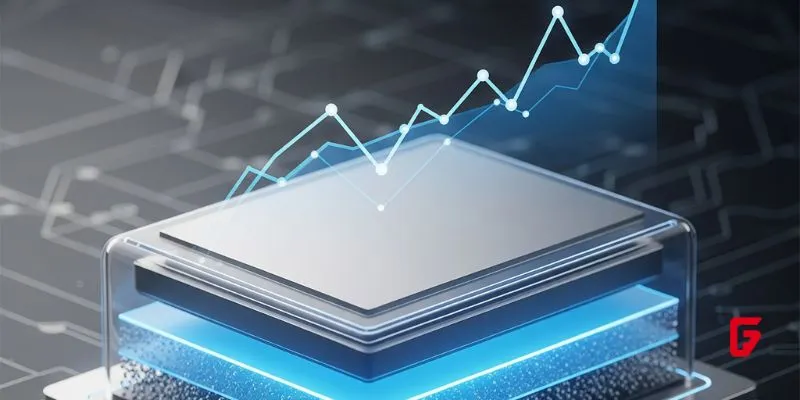The world is on the cusp of a battery revolution. Solid-state batteries are expected to transform industries ranging from electric vehicles (EVs) to wearables, with forecasts calling for the global market to soar from $0.26 billion in 2025 to $1.77 billion by 2031—a stunning compound annual growth rate of nearly 37.5%.
What Makes Solid-State Batteries a Game Changer?
Unlike conventional batteries, which rely on volatile liquid electrolytes, solid-state batteries utilize stable solid materials such as ceramics or polymers. This shift unlocks several core advantages:
Energy density: Solid-state designs pack more power in less space, pushing EV ranges beyond 500 miles and drastically reducing battery footprint.
Faster charging: New cells can reach 80% charge in as little as 12 minutes, far outpacing current lithium-ion solutions.
Enhanced safety: By removing flammable liquids, the risk of fires or thermal runaway is nearly eliminated.
Longer lifespan: Solid-state batteries endure many more charge cycles, leading to long-lasting consumer devices and fewer replacements.
Driving Forces: Investment & Innovation
The surge in investment comes from the relentless pressure to solve the pain points of today’s tech. EV manufacturers, consumer electronics giants, and even aerospace firms are backing solid-state advancements in hopes of bypassing range anxiety, fast-charging bottlenecks, and safety concerns that have held back broader electrification.
High-profile partnerships—like Mercedes-Benz and Factorial Energy—promise battery technologies that could deliver over 600-mile ranges on a single charge, while startups like QuantumScape are demonstrating fast-charging, high-capacity prototypes that are already drawing production agreements from the automotive world.
| Statistic | Value | Notes |
|---|---|---|
| Market size in 2025 | $0.26 billion | Global solid-state battery market valuation |
| Market size forecast for 2031 | $1.77 billion | Projected market size, a seven-fold increase |
| Compound Annual Growth Rate (CAGR) 2025-2031 | 37.5% | Reflects rapid market expansion |
| Conductive agent market size in 2024 | $61 million | Supports solid-state battery production |
| Conductive agent market size forecast 2031 | $217 million | Expected growth at 21% CAGR |
| Energy density in prototyped solid-state cells | 280-310 Wh/kg | Achieved by Korean SolidXCell blueprint technology |
| Production cost relative to lithium-ion | 2-3 times higher | Due to advanced materials and process requirements |
| Fast charging capability | 80% charge in ~12 minutes | Significantly faster than conventional lithium-ion batteries |
| EV driving range potential | Over 500 miles to 600 miles | Enabled by solid-state battery technology |
Challenges Ahead: Manufacturing and Scale
However, the race to mass adoption is not without hurdles. Manufacturing solid-state batteries requires new production processes—existing lithium-ion battery plants cannot be easily repurposed. Key hurdles include:
Cost: Solid-state batteries are currently 2–3 times more expensive than lithium-ion due to specialized materials and processing demands.
Material complexity: Moisture-sensitive components, such as sulfide electrolytes, need costly dry-room environments, slowing down scale-up.
Scalability: Techniques to avoid internal short circuits (like dendrite formation) are still being refined in large batch production.
Standardization: The industry lacks unified standards in material design and assembly, adding to technical barriers.
A hybrid approach—combining elements from both conventional and solid-state manufacturing—may carry the industry through this period of intense innovation.
Where Are We Headed?
With government incentives, record investments in research, and a climate of urgency across sectors, the solid-state battery market is set for unprecedented expansion. Expect a wave of next-gen EVs, longer-lasting wearables, and safer, faster consumer devices rolling out as technical challenges are overcome.
In short, the future of energy storage looks cleaner, denser, and a lot more powerful.














